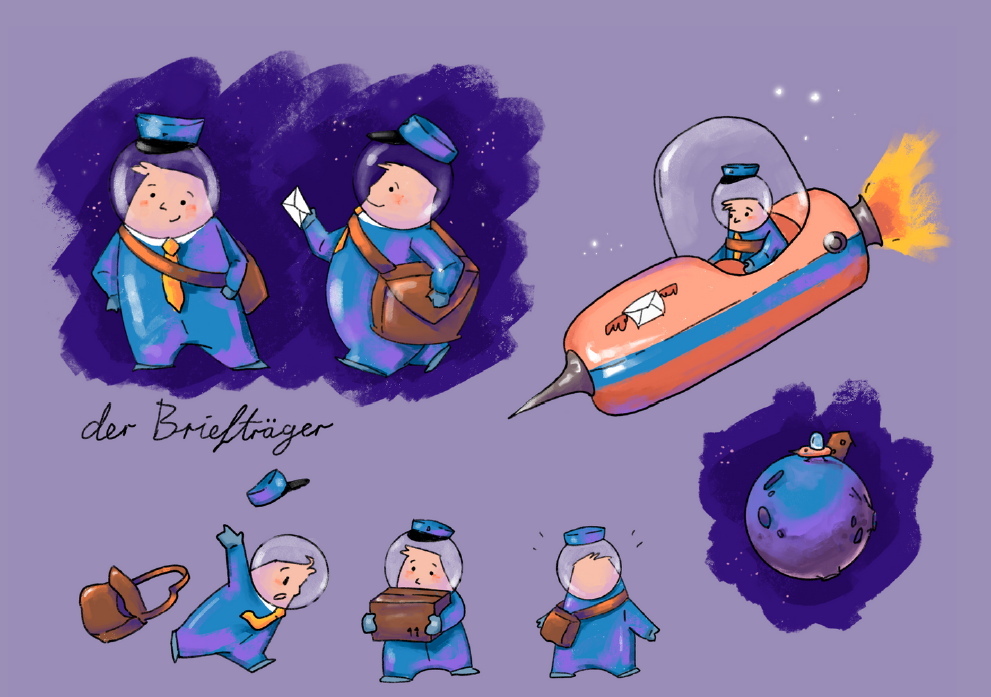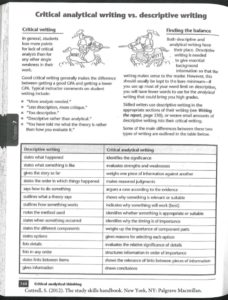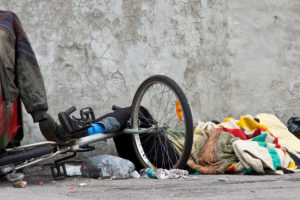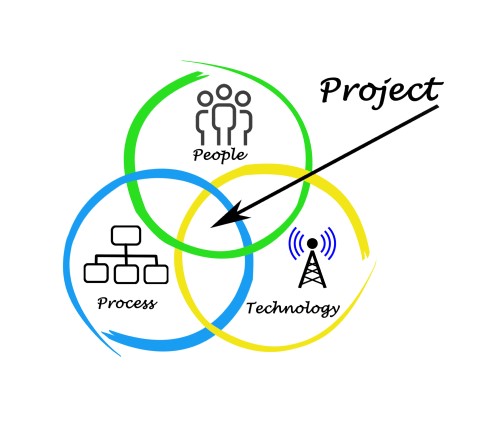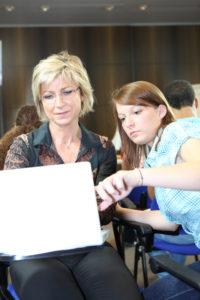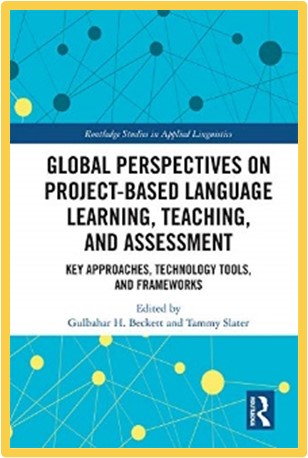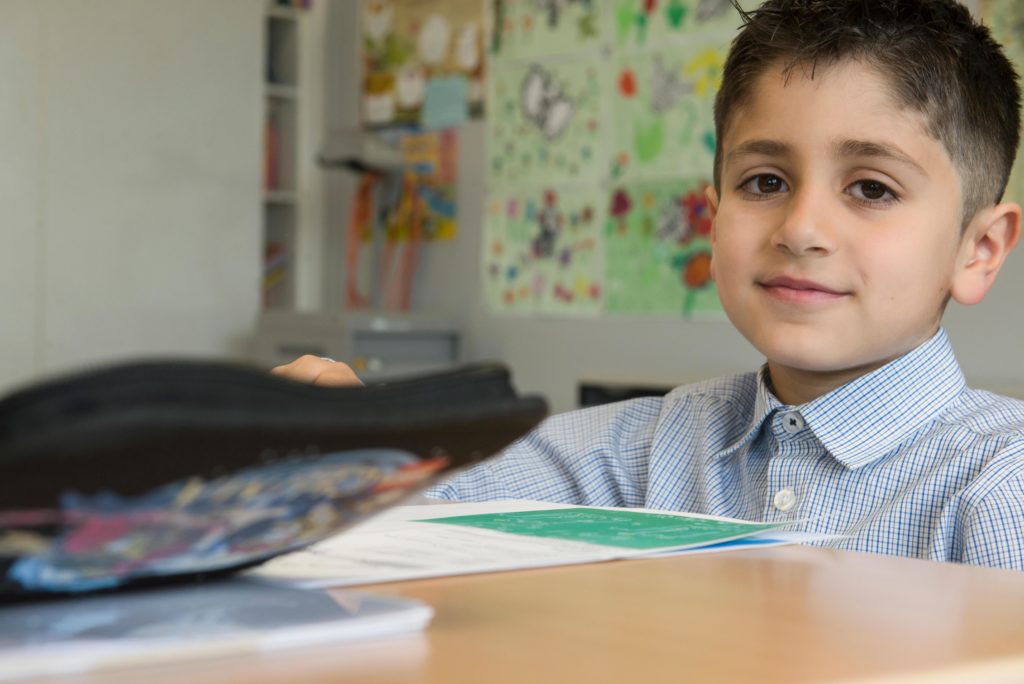This blog has been updated from one published in 2019.
We are fortunate at my institution to have funding for students to apply to do research over the course of their four month summer break.
For summer research, students need to come up with a proposal and be supported by a supervisor. Beyond that it is very open-ended as students can work on projects in a wide variety of fields. Initially, the list of accepted students were primarily from the sciences, working in the summer in established labs with sub-projects under the supervision of a faculty researcher. More and more education students are seizing the chance to learn about research through doing.
In 2024, I worked with two undergraduate researchers. The first was Daniele Heger-Dorantes, a Werklund undergraduate researcher who contributed toward my emerging research into the readability of children’s books with her annotated bibliography. The second was Elizabeth Gauthier, my first Werklund BEd Honours student, who explored a new phenomenon: the use of AI chatbots to help language learners practice speaking.
In 2022, my postdoctoral scholar Dr. Jean Kaya and I worked with two students: Arianna Mamer and Kevin Dang. They had two very different, but interesting language and literacy projects. Ms. Mamer examined STEM Critical Literacy, while Mr. Dang looked at Community-based ELL programs for adults. Both are working on articles for teacher practitioner journals.
In 2021, Jeanne Liendo researched the history of the Spanish Bilingual Program in Calgary.
In 2020, Nancy Liu explored the linguistic landscape of Bilingual Program schools and their surrounding neighbourhoods to examine how their external signage reflects the languages spoken in the neighborhood. She and I presented at an academic conference in 2022 and published an academic journal in the International Journal of Bilingualism.
In 2019, Lisa Anderson explored language learning and music through the context of a school-based action research study I was doing on the application of intensive weeks of language instruction to a bilingual school program: “Intensive German Weeks for Bilingual Education: Investigating Practices for Oral Language Development.” She chose to disseminate knowledge from her research at a student teacher conference and an academic conference and most recently, through an academic journal article (accepted for publication).
The first summer (2018), Janessa Bretner interviewed graduates of our pre-service study abroad experience to find out how their teaching practices were influenced by their volunteer teaching abroad in my project: “Reflective Writing for Sojourn Preparation, Reflection, and Debriefing.”
All of these students learned about research through the processes of ethics certification, data collection, data analysis, and writing.
Here are some tips for working with undergraduate student researchers:
- Welcome them! I like to take them out for lunch and celebrate their achievement in receiving this highly competitive funding. In some cases, I make a formal introduction to the stakeholders of the research, such as the principal and staff of the schools. Considering setting up a co-mentorship, such as with a postdoctoral scholar, so that they can learn from both mentors and the postdoc has the opportunity to be in a formal mentorship role.
- Help them with logistics – After they have their ethics certification, I may make an ethics modification that includes their proposed work. I enroll them in my shared drives for the research, advocate for them to get office space and printer access, and make sure they know how to get support for the various aspects of their research. I share my knowledge of effective use of LinkedIn or Twitter to disseminate blogs. All of these activities provide a strong start.
- Make things explicit – for undergraduates, almost everything we do with research is new, so we met regularly to go over aspects of research. To facilitate the lit review, I ask students to read and take notes on at least one article a day. I ask them to blog about their learning each week and we work on accurately citing using APA. When we meet, we go over data collection and later analysis. Depending on how the student would like to disseminate the findings, I assist them in articulating their results through their writing and presenting.
What does a researcher gain from working with undergraduate student researchers?
- Whether you see this as teaching or service, you are mentoring a current undergraduate who may do research in the future as a part of graduate or professional work.
- Making research explicit allows you to reflect upon your own practices and clarifies your own understandings of ontology, epistemology, and methodology.
- Since the student is pursuing a related but new idea, your work together allows you to experiment with a new direction for your research.
Based on the work with these undergraduate student researchers, I have piloted research, expanded my understanding of language and literacy, and co-authored articles (with the student as lead author). I have an appreciation for the enthusiasm and creativity of this emerging scholars and, because I get them to document their learning, I have a wealth of resources to share with the next undergraduate to come along.


